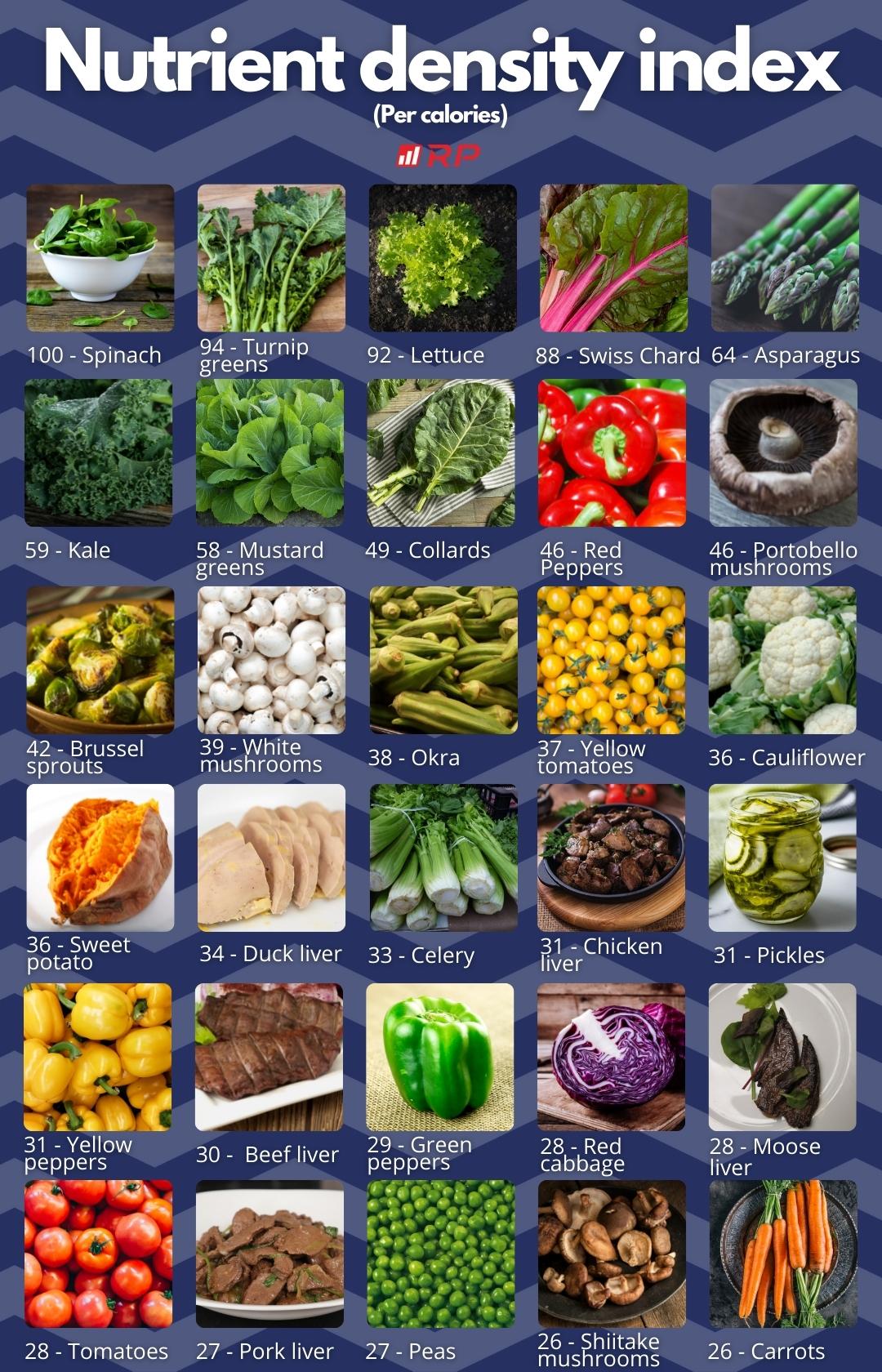In the quest for sustained fat loss, one of the most powerful tools at your disposal is an effective meal prep routine. With the right strategy, meal prepping can transform your eating habits, streamline your nutrition, and ultimately, help you achieve your weight loss goals with greater ease and efficiency. This guide will walk you through the essential steps to establish a meal prep routine that not only supports fat loss but also fits seamlessly into your lifestyle. By adopting these practices, you can take control of your diet, reduce the temptation of unhealthy choices, and enjoy the peace of mind that comes with knowing your meals are prepared and aligned with your objectives. Let’s dive in and unlock the potential of meal prepping to fuel your journey towards a healthier, leaner you.
Choosing Nutrient-Dense Foods for Optimal Fat Loss
Embarking on a journey to shed excess fat doesn’t mean you have to compromise on taste or nutrition. By prioritizing nutrient-dense foods, you can fuel your body efficiently while keeping calorie intake in check. Start by incorporating a variety of colorful vegetables and fruits into your meals. These are rich in essential vitamins, minerals, and fiber that keep you feeling full and satisfied. Leafy greens like spinach and kale, berries, and cruciferous vegetables such as broccoli and Brussels sprouts are excellent choices. They provide a high nutrient-to-calorie ratio, making them ideal for fat loss.
- Lean Proteins: Opt for options like chicken breast, turkey, and tofu. These not only support muscle maintenance but also boost metabolism.
- Whole Grains: Choose quinoa, brown rice, or oats over refined grains to ensure you’re getting more fiber and nutrients.
- Healthy Fats: Incorporate sources such as avocados, nuts, and olive oil. They help in absorbing fat-soluble vitamins and provide long-lasting energy.
By focusing on these nutrient-dense options, you’ll create meals that are not only satisfying but also aligned with your fat loss goals. Remember, the key is to maintain variety and balance, ensuring that your body gets everything it needs to function optimally.

Mastering Portion Control to Avoid Overeating
Achieving the delicate balance of eating just the right amount requires a strategic approach. Start by being mindful of portion sizes. Utilize smaller plates to naturally reduce serving sizes, and ensure that half of your plate is filled with vegetables, one-quarter with lean protein, and the remaining quarter with whole grains. This simple visual guide not only helps control calorie intake but also ensures a balanced nutrient profile.
- Measure and weigh your food until you become familiar with appropriate serving sizes.
- Pre-portion snacks into small containers or bags to avoid mindless munching.
- Stay hydrated by drinking a glass of water before meals to prevent confusing thirst with hunger.
- Eat slowly and savor each bite, giving your body time to signal fullness.
Remember, mastering portion control is not about restriction but about finding the right balance to support your goals without feeling deprived.
Incorporating Variety to Prevent Meal Prep Monotony
Meal prep doesn’t have to be a mundane task where you’re stuck eating the same dish every day. By adding a touch of creativity, you can keep your meals exciting and your taste buds engaged. Here’s how you can introduce some variety to your meal prep routine:
- Mix Up Your Protein Sources: Instead of relying solely on chicken, consider incorporating a range of proteins like turkey, fish, tofu, or legumes. This not only diversifies your meals but also provides a broader spectrum of nutrients.
- Experiment with Different Cuisines: Each week, choose a different cuisine to inspire your meal prep. Whether it’s Mediterranean, Asian, or Mexican, the spices and ingredients unique to each can add a new flavor dimension.
- Rotate Your Veggies: Seasonal vegetables not only taste better but also offer varied textures and flavors. Swap out your usual broccoli for asparagus, or try roasting some squash instead of potatoes.
- Play with Cooking Methods: Alternate between grilling, steaming, baking, or stir-frying. Each method can bring out different flavors and textures in the same ingredients, making meals feel fresh and exciting.
By embracing variety, you not only keep your meal prep interesting but also support your sustained fat loss journey with a well-rounded and nutritionally rich diet.

Time-Saving Strategies for Consistent Meal Preparation
Consistency is key when it comes to meal preparation for fat loss, and implementing time-saving strategies can make all the difference. Start by planning your meals in advance, ideally on a weekly basis. Batch cooking is a game-changer; prepare large quantities of proteins like chicken, tofu, or beans that can be used in various dishes throughout the week. Invest in quality storage containers to keep your meals fresh and organized, making it easier to grab and go.
Incorporate a grocery shopping routine that aligns with your meal plan. Create a list of essentials and stick to it, saving both time and money. Opt for pre-chopped vegetables or frozen options to cut down on prep time. A well-organized pantry stocked with spices and staples ensures you’re always ready to whip up a meal without any last-minute store runs. Consider dedicating a specific day for meal prep to streamline your efforts and maintain consistency.
